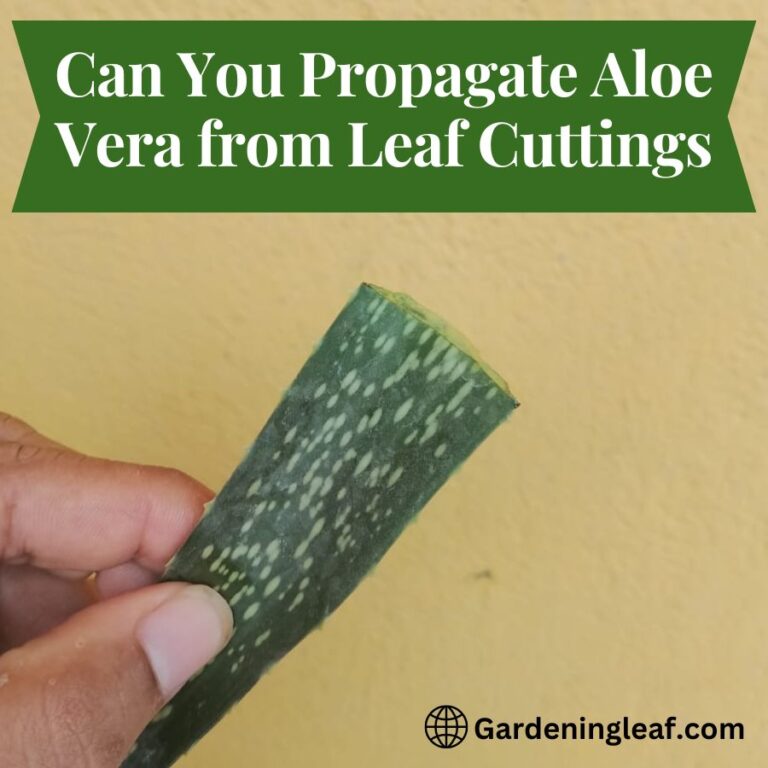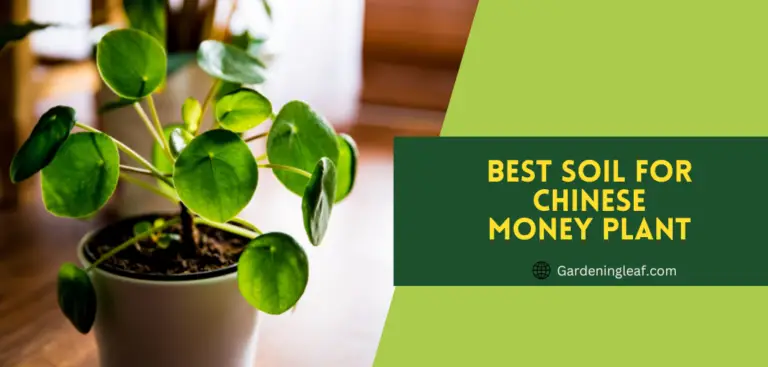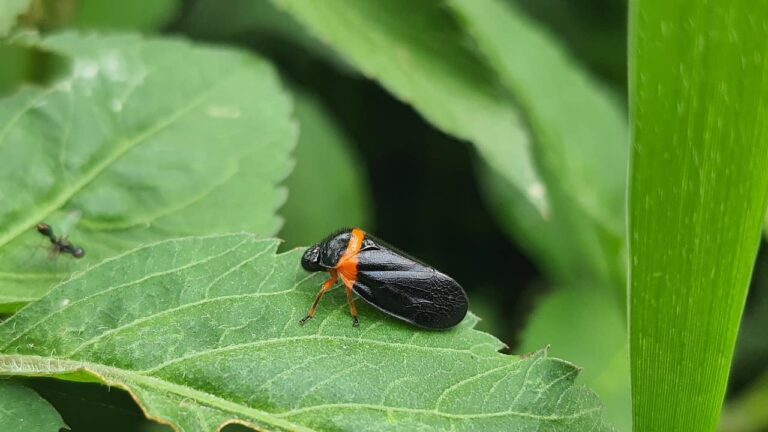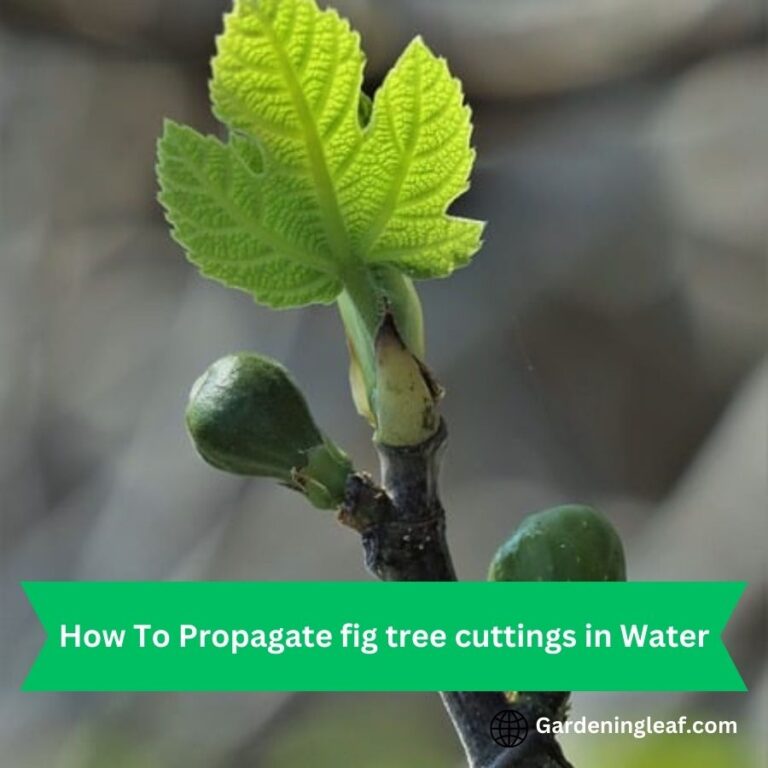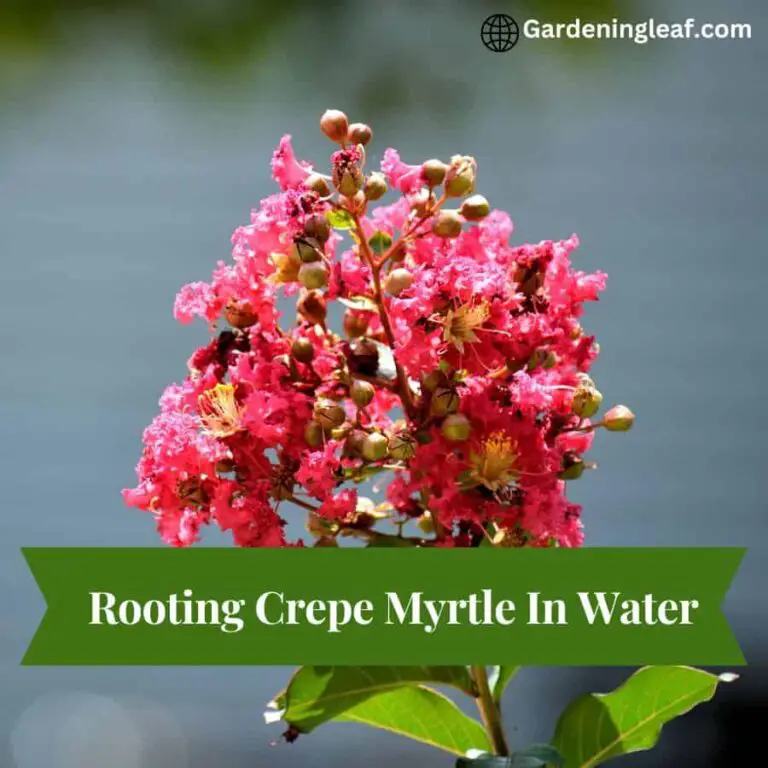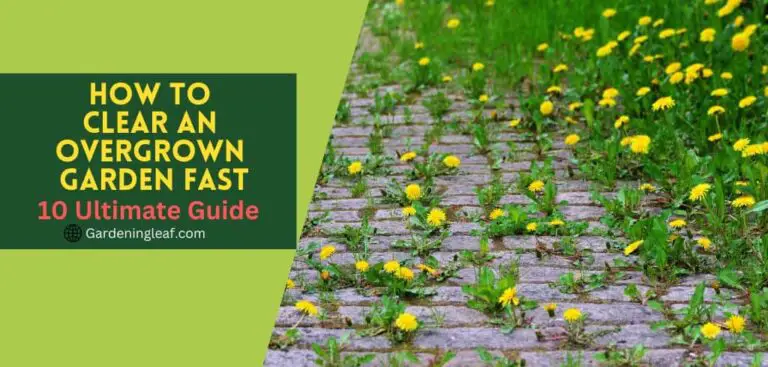Why is My Peperomia Dropping Leaves: 12 Likely Causes
Every plant has its natural rhythm, and when that rhythm is disrupted, it can cause problems. And you may think, why is my peperomia dropping leaves? Different reasons may cause this, so it’s critical to determine the underlying reason and take action.
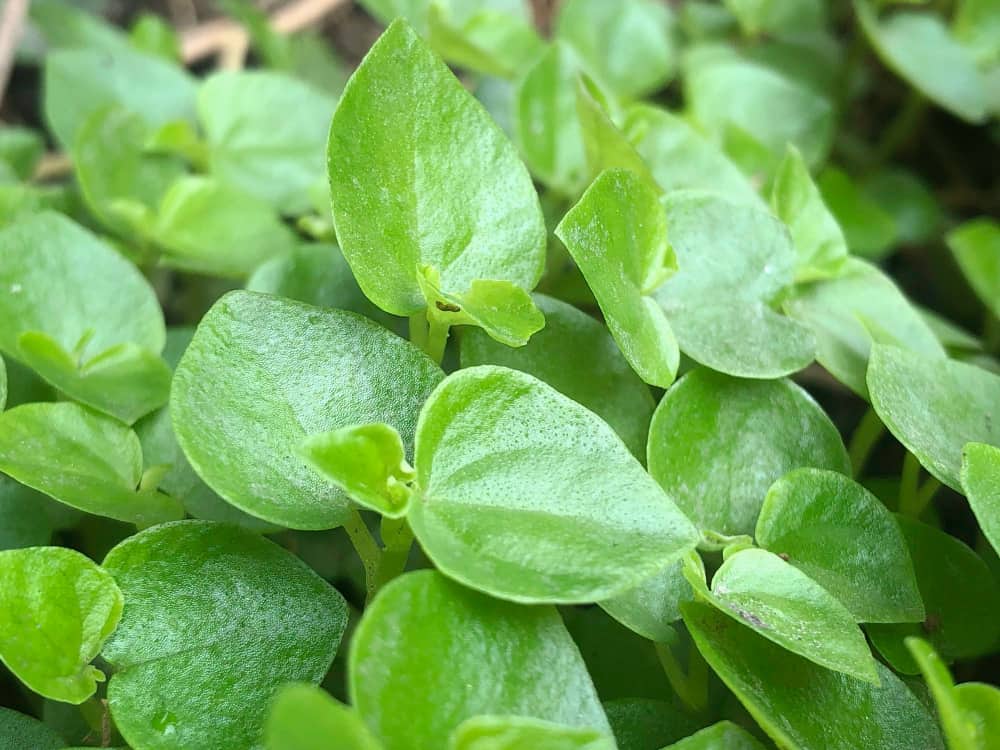
The most likely cause of the leaf drop in your peperomia is overwatering. Overwatering can cause damage to the leaves and roots of your plant, leading to their decrease in number. As a result, the plant becomes weakened, and nutrients from the soil cannot be absorbed, resulting in leaf loss. To prevent this problem from happening, always make sure that your soil remains moist but not soggy. This way, you can provide your peperomia with all the necessary nutrients while minimizing any potential damage caused by overwatering!
Something may be wrong with the plant itself – perhaps there is a disease or problem with its root system. If you notice any changes in appearance (leaves turning yellow or falling off), take your peperomia down immediately for an assessment by a professional gardener to determine what needs to be done.
However, with the solutions, we’ll discuss in this article and with the proper care and understanding, you can resolve these issues. We will discuss why is my peperomia dropping leaves and how we can stop it. You won’t ever experience strange leaf droppings again if you read and comprehend the needs of your peperomia and take care of it correctly.
Why Is My Peperomia Dropping Leaves?
Leaf loss is a common problem for peperomias and can indicate a range of issues from plant disease to waterlogging. Figuring out all of the reasons why peperomia drop is the key to figuring out the problem. Once you solve the problem, you can figure out how to treat the plants and bring them back.
1. OverWatering
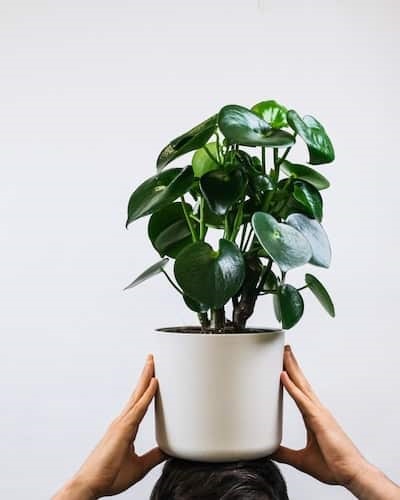
When you find out about the issue of Peperomia Dropping Leaves, you first need to care about overwatering. Peperomia and Maximum plants also die because of over-watering issues. It is quite tough to learn that the ground soil is wet and that you don’t need to water it because the topsoil appears to be dry while the ground is wet.
You miscalculate and water your plant, which is not necessary. Digging 2-3 inches into the ground to check for moisture is the best inspection technique. Then you’ll be able to decide if watering is necessary or not.
Overwatering is more detrimental than underwatering because peperomia dislike excessive watering. Peperomias can survive without water for a short period, so they’ll be fine if you go on vacation and leave them alone for a little while.
When waterlogging occurs, it causes root rot, and the plant loses leaves. So, the solution is There are many factors to consider when watering plants, and it can be tough to choose the right humidity and temperature for your specific situation. Because of this, it’s important to keep a watering strategy.
- Water your plant less often, but give it a little time between watering sessions to dry out. If you water much more than the plant can handle in one sitting, the excess will be stored as moisture in root areas. This moisture will rot roots and leaves over time.
- If there are issues with poor soil drainage, excess water can sit on the surface of peperomia. That develops an infection that leads to root rot.
- When watering plants, please wait until the soil has dried sufficiently before doing it again.
- If the plant has drainage holes, but water accumulates on the leaves instead of receding, then peperomia is overwatering and not getting enough sunlight or air circulation. You can correct this by adding more organic matter to the soil mix, watering less often, and increasing light levels (if growing indoors).
- Use a soil sensor device that monitors soil moisture levels and light intensity to optimize the watering schedule accordingly. This way, you’ll understand when your plants require water without guessing!
- Between watering, allow the soil to dry.
- You must be cautious about how much water you give your plants in the winter.
- Let the water in the peperomia dry up in bright sunlight.
2. Underwatering
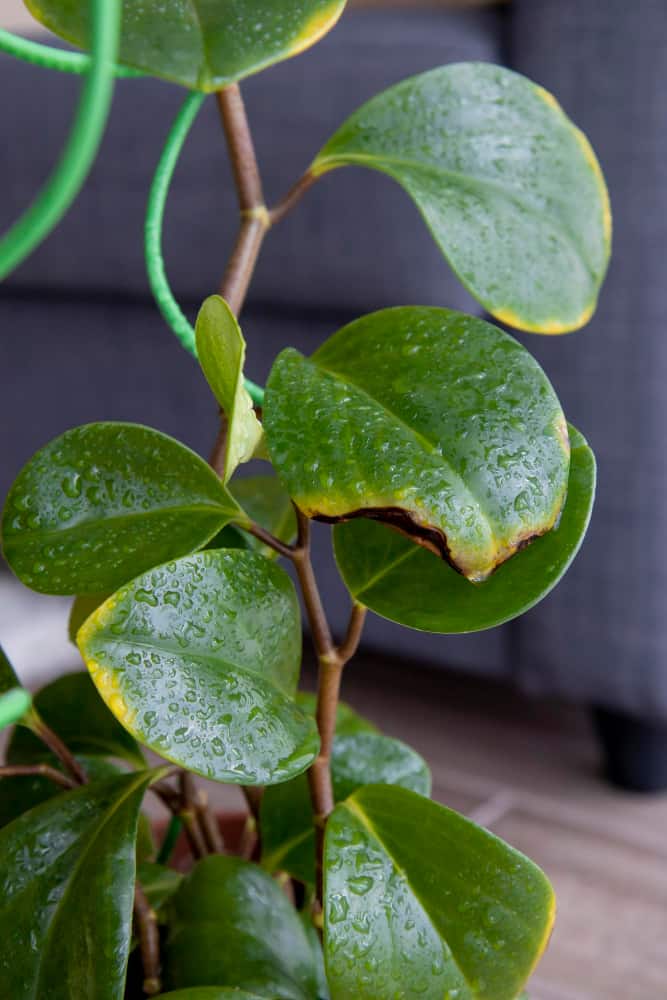
After you are satisfied that your issue is not overwatering, the next thing you need to check is an Underwater your plant. Plants must have enough water to survive. If a plant does not get enough water, its leaves will eventually fall. If you love plants and spend time with them, this will never happen to you.
In most cases, underwriting is not an issue. Because if you look into the soil, you understand that soil is dry and you need to water it, or you know that you watered it 2-3 days ago and need to water it today. Unless you forget it or don’t have much time to take care of your plant for some reason, the most frequent cause of underwatering a plant is being away from home for a few days and being unable to water it.
Peperomias can survive without water for a few weeks, so you don’t have to worry about leaving them for a vacation. However, peperomias will Drop leaves if they go without water for too long. So it is best to water them when you notice the soil has dried out considerably.
3. Insufficient light

The next thing you need to check is Insufficient light. Your plant’s leaves will droop and finally fall off if it doesn’t receive enough light.
For peperomia to stay healthy, indirect light that is moderate to bright is required.
When you perform indoor gardening, it’s important to remember that peperomias don’t do well in low light because they need a lot of bright indirect for their root system to flourish. They should be placed as close to the window as possible to obtain indirect light. If it doesn’t, the plant won’t be able to survive.
If your peperomia isn’t getting enough natural light, artificial lights should be used to supplement it. To receive as much light as possible, lights should be placed near the plant.
Direct sunlight should not strike the peperomia. If you keep your peperomia outside, make sure it is in a shaded spot.
4. Fertilizer
Another common cause of peperomia leaves drooping and eventually falling off is fertilizer issues. The leaves will turn pale and droop if the plant lacks nourishment. So when you search for why is my peperomia dropping leaves, this is also an impotent aspect you need to look out for.
- You can fertilize your peperomia in early spring or late fall with balanced plant food, such as an NPK ratio of 3:1:2 or NPK 10:10:10 or 20:20:20, to get the best results.
- There are fertilizers available in a dry-pellet form that release nutrients slowly over an extended period. To ensure that your plants have enough time to recover from winter dormancy, do not fertilize them during the winter.
- Make sure you use the proper fertilizer and dosage for your plant and avoid over-fertilizing. The plant’s roots may rot due to too much fertilizer, prohibiting them from supplying nutrients and oxygen. The plants may experience several issues, such as leaf yellowing, decreased growth, and even leaf drop.
- So be sure to keep an eye on your fertilization levels and adjust as needed.
5. Low Humidity
Low humidity can also cause peperomia leaves to droop and eventually fall off. When the humidity levels in the plant’s growing area are consistently low, plant leaves will dry and fall off. This is because moisture retention is impaired in these conditions, leading to leaf rot.
It is important to raise the humidity in the room where you keep your houseplants because this will help them stay healthy. There are a few simple steps that you can take to achieve this goal:
- Since peperomia grow best when kept in an environment with moderate humidity levels between 50-70%, you may want to try adding some Humidity to your plant’s growing area.
- Check the temperature and humidity levels in your home – if they’re dropping too low, adjust the watering frequency accordingly.
- Keep a humidifier on hand this will help raise moisture levels in the air and ensure your plant doesn’t struggle too much.
- Open all of the windows in your room to allow as much natural light as possible. This will increase the humidity level.
- Add water vaporizers or Mist nets to pots and planters. These devices release water vapor, which raises the air’s moisture level.
- Use plants that like high humidity levels, such as aloe vera or philodendron succulents, in areas with low humidity levels. These plants can adapt well to changing conditions and will thus provide optimal growth for your houseplants.
6. Harsh Temperatures
Another issue why is my peperomia dropping leaves is Harsh Temperatures. If you live in an area where the temperatures get high, your peperomia might not be able to survive. Keep your plant in a cool and dark place during summer. If you lose some leaves, don’t worry this is normal for peperomia plants.
Peperomias grow best in temperatures between 60⁰ F and 80⁰ F (15⁰ C – 27⁰ C). The plant will be stressed if the temperature is below 50⁰ F (10⁰ C). The plant will wilt entirely due to the curled and drooping leaves.
However, if you live in a warm climate that doesn’t get too cold during winter, feel free to keep your Peperomias outdoors in a pot or garden setting. Make sure they get enough sunlight and water them regularly.
7. Infestation By Insects, Pests, And Diseases
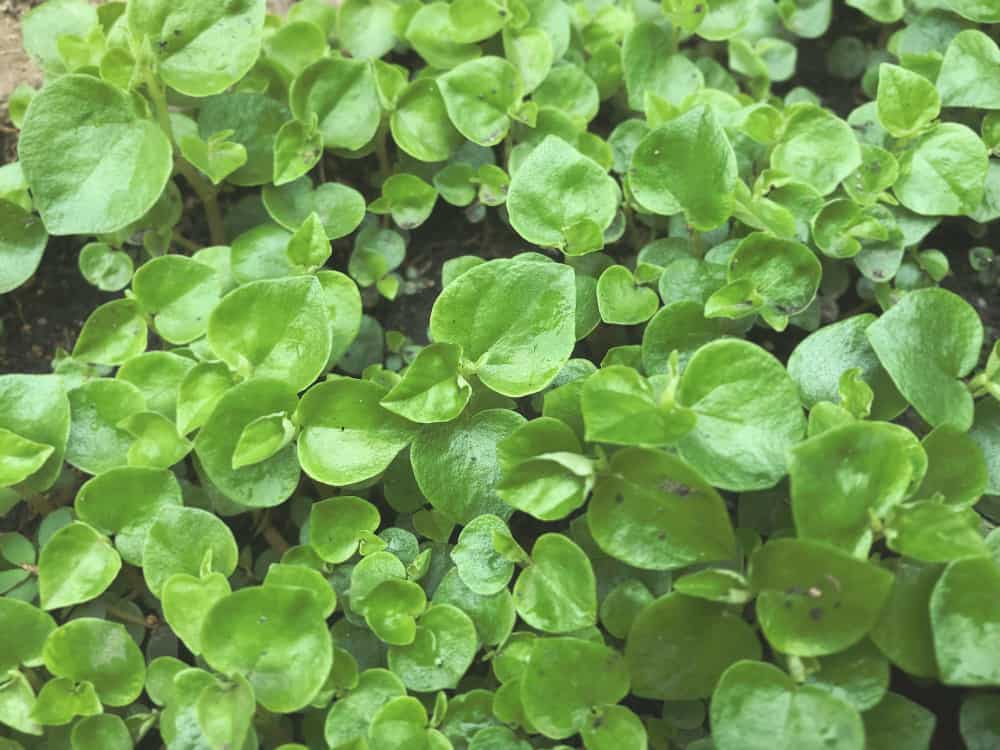
It’s necessary to act as soon as you see any indications of problems. Pests like spider mites, Mealybugs, Whiteflies, Scale, Thrips, and Fungus Gnats can harm your peperomia plants.
- Wash the plant with insecticidal soap. This will kill any existing insects on the plant and ensure that any new bugs won’t have a chance to reproduce.
- Treat the plants with something like neem oil. Neem oil is effective against insects and fungi, so it can be used repeatedly throughout the year to protect your plants from harm.
- Install traps around the garden’s perimeter or inside containers where pests may dwell (like under shrubs). Once caught in the trap, they’ll die quickly without causing any further damage!
- Watch out for indications of pest activity and act quickly if problems develop. Arm yourself with some knowledge about which pests commonly infest certain plants, and use proper Pesticide application techniques when necessary
8. Phytotoxicity
It is always a good idea to water your plants with purified water, but it’s especially important when using tap water. Chlorine can be toxic to peperomia plants, and leaves may drop if it’s high in amounts.
To avoid this issue, add a Water Conditioner like Himalayan salt or Epsom salt before watering your plant. This will help your plant avoid any harm caused by chlorine in the water and conserve the quantity of chlorine.
9. Repotting Shock
It’s normal for peperomia plants to need repotting every few years. A plant experiences shock when repotted before settling into its new soil and taking root. Doing everything you can to lessen stress is crucial because the procedure might confuse the plant.
- Be careful not to leave the roots outside for any length of time. When repotted, they risk drying out and losing their ability to absorb water.
- After that, place your plant in the same location with the same lighting conditions, humidity levels, and temperature.
- Differences in the environment can increase the stress on neophyte plants, so make sure that transplants get used to their new surroundings gradually!
10. Damp Soil
Damp soil may be one of the common causes of peperomia leaves falling off. Here are some tips to help you remedy the situation:
- Make sure your soil is well-drained and free from excess water or humidity. This will prevent moisture levels from becoming too high, which can cause roots to rot and leaves to fall off.
- Check the amount of sunlight your peperomia gets, as this might also be a factor in leaves falling off. If there isn’t enough light available, peperomias may start growing slowly or not at all due to insufficient energy resources for photosynthesis.
- If you still have problems with leaves falling off, consult a plant specialist to diagnose the problem and find a solution!
11. Natural Aging
As plants grow older, they naturally lose leaves. This natural process is usually accompanied by a slowdown in plant growth or even a stop. This could mean that the plant’s health is compromised in some way and needs to be addressed as soon as possible.
12. Soil
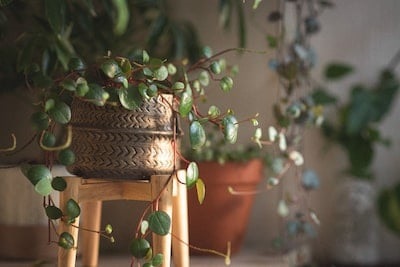
Poor soil can also be a cause of leaves falling off peperomias. Make sure the soil is well-drained and free from excess water or humidity and that the pH level is correct (6.5 – 7.5). Poor drainage can lead to root rot, while too much moisture may cause leaves to drop off prematurely. A good combination of peat moss and coarse sand is common for drainage purposes. This combination will help to preserve moisture and prevent soils from becoming hard.
13. Nutrient Deficiencies
If your peperomia is growing slowly or not, it may be due to a nutrient deficiency. Make sure to give the plant the appropriate nutrients so that leaves start growing again and eventually become healthy and vigorous. Check the plants’ water intake regularly and top up as needed using water with added fertilizer; too much fertilizer can cause leaves to fall off.
FAQs
What does an overwatered Peperomia look like?
An overwatered Peperomia will have wilted leaves that are yellow or brown. The leaves may also be limp and have a soft, squishy texture. The roots may be saturated and have a foul odor. If the plant is severely overwatered, the roots may have begun to rot and the plant may have a foul smell. Overeating is the main course Why peperomia dropping leaves.
Conclusion
Now that we’ve gone through several causes and solutions, it’s clear why your peperomia is dropping leaves. Moreover, you can also try giving it some of the remedies we discussed above to prevent it from falling apart.
You must now thoroughly inspect your peperomia to determine the root cause behind this problem. Before taking any steps, make sure that you regularly check for problems like yellow leaves and curling roots, which may indicate that something is wrong with your plant. If nothing turns up when you look closely at your houseplant’s pot, then it’s time to call an expert.

